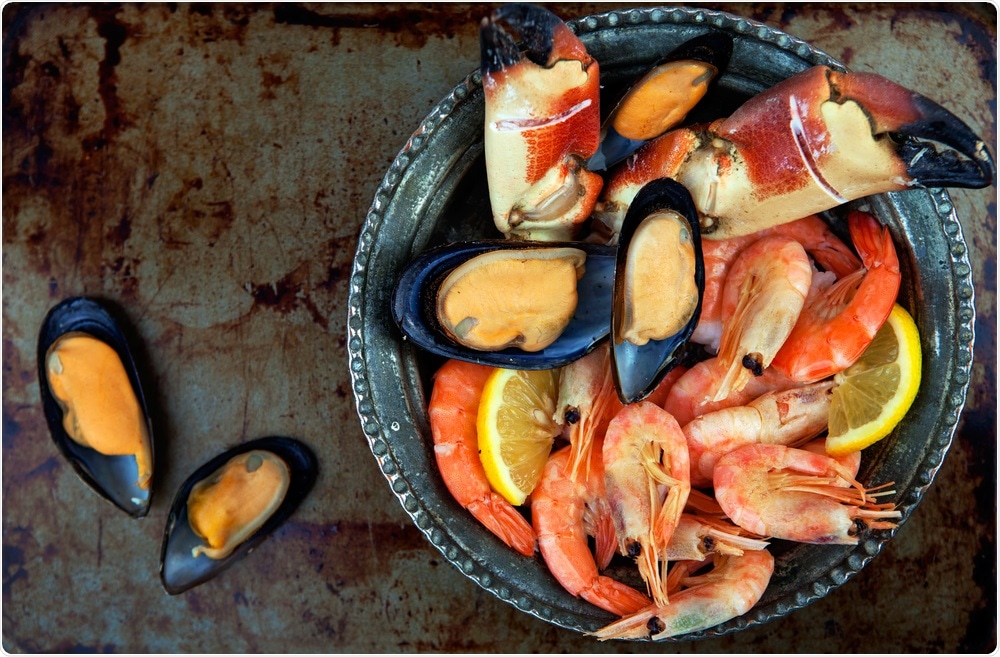Ocean warming is paradoxically driving bottom-dwelling invertebrates - including sea scallops, blue mussels, surfclams and quahogs that are valuable to the shellfish industry - into warmer waters and threatening their survival, a Rutgers-led study shows.

Image Credit: Magdanatka/Shutterstock.com
In a new study published in the journal Nature Climate Change, researchers identify a cause for the "wrong-way" species migrations: warming-induced changes to their spawning times, resulting in the earlier release of larvae that are pushed into warmer waters by ocean currents.
The researchers studied six decades of data on 50 species of bottom-dwelling invertebrates, and found that about 80 percent have disappeared from the Georges Bank and the outer shelf between the Delmarva Peninsula and Cape Cod, including off the coast of New Jersey.
Many species of fish respond to the warming ocean by migrating to cooler waters. But the "wrong-way" migrators - which include shellfish, snails, starfish, worms and others - share a few crucial traits. As larvae, they are weak swimmers and rely on ocean currents for transportation. As adults, they tend to remain in place, sedentary or fixed to the seafloor.
The researchers found that the warming ocean have caused these creatures to spawn earlier in the spring or summer, exposing their larvae to patterns of wind and water currents they wouldn't experience during the normal spawning season. As a result, the larvae are pushed toward the southwest and inland, where waters are warmer and they are less likely to survive. The adults stay in those areas and are trapped in a feedback loop in which even warmer waters lead to even earlier spawning times and a further shrinking of their occupied areas.
The researchers compared this phenomenon to "elevator-to-extinction" events in which increasing temperatures drive birds and butterflies upslope until they are eliminated from areas they once inhabited. The effect on bottom-dwelling invertebrates is more insidious, however, because these creatures could potentially thrive in cooler regions, but earlier-spring currents prevent weak-swimming larvae from reaching that refuge.
The researchers noted that these effects are influenced by localized wind and current patterns. Further research is needed to determine whether the effects are similar on the U.S. Pacific coast or other ocean areas.